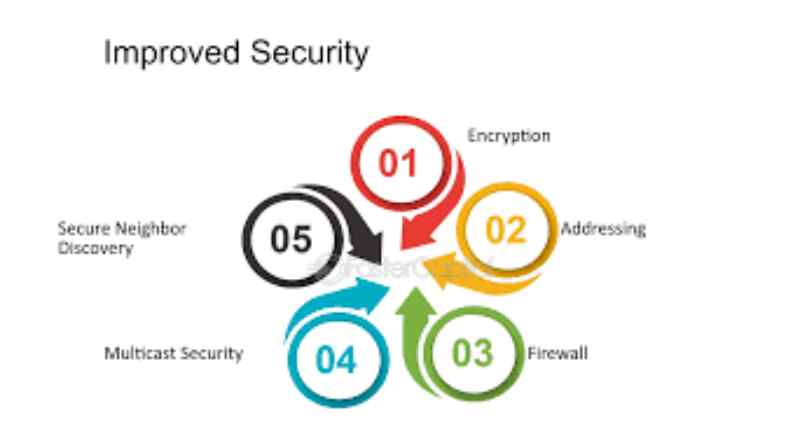
Introduction
In today’s rapidly evolving digital landscape, the transition to ARIN IPv6 has become increasingly imperative. As the IPv4 address space nears exhaustion, organizations must turn to IPv6 to accommodate the growing number of connected devices and ensure the continued expansion of the internet. The American Registry for Internet Numbers (ARIN) plays a crucial role in facilitating this transition through its IPv6 adoption initiatives.
Understanding IPv6
IPv6, or Internet Protocol version 6, is the most recent version of the Internet Protocol, designed to succeed IPv4. While IPv4 uses 32-bit addresses, allowing for approximately 4.3 billion unique addresses, IPv6 utilizes 128-bit addresses, providing an almost inexhaustible supply of addresses. This expanded address space is vital for supporting the proliferation of internet-enabled devices, from smartphones and tablets to IoT devices and smart appliances.
The Importance of IPv6 Adoption
The adoption of IPv6 is essential for ensuring the continued growth and stability of the internet. With IPv4 addresses rapidly depleting, failure to transition to IPv6 could result in address shortages, limiting the ability to connect new devices and stifling innovation. Additionally, IPv6 offers improvements in network efficiency, security, and performance, making it a necessary upgrade for organizations seeking to future-proof their networks.
ARIN’s Role in IPv6 Adoption
As one of the five Regional Internet Registries (RIRs), ARIN is responsible for the distribution and management of IP addresses in North America, parts of the Caribbean, and sub-Saharan Africa. Recognizing the importance of IPv6 adoption, ARIN has implemented various initiatives to encourage and support organizations in making the transition.
1. IPv6 Education and Outreach
ARIN provides extensive educational resources and outreach programs to raise awareness about IPv6 and its benefits. These resources include online tutorials, webinars, and workshops aimed at helping organizations understand the technical aspects of IPv6 deployment and address common misconceptions.
2. IPv6 Address Space Allocation
ARIN allocates IPv6 address space to organizations based on their demonstrated need, ensuring that they have sufficient addresses to support their network requirements. By simplifying the allocation process and providing guidance on address planning, ARIN facilitates the adoption of IPv6 among its members.
3. IPv6 Policy Development
ARIN actively engages its community in the development of IPv6-related policies through its open policy development process. This process allows stakeholders to propose and discuss policy changes related to IPv6 adoption, ensuring that ARIN’s policies remain relevant and responsive to the evolving needs of the internet community.
4. IPv6 Technical Assistance
ARIN offers technical assistance and support to organizations seeking to deploy IPv6 on their networks. This assistance may include guidance on network design, troubleshooting IPv6 connectivity issues, and best practices for IPv6 implementation.
Overcoming Challenges
While the benefits of IPv6 adoption are clear, organizations may encounter various challenges during the transition process. These challenges include legacy equipment and software that may not fully support IPv6, as well as concerns about compatibility and interoperability with existing IPv4 networks. However, with proper planning and support from organizations like ARIN, these challenges can be overcome, paving the way for a seamless transition to IPv6.
Conclusion
The transition to IPv6 is not merely a technical necessity but a strategic imperative for organizations looking to thrive in an increasingly connected world. ARIN’s IPv6 adoption initiatives play a vital role in facilitating this transition, providing education, resources, and support to organizations across North America and beyond. By embracing IPv6, organizations can future-proof their networks, ensure scalability and flexibility, and contribute to the continued growth and evolution of the internet.








